Enthralling artistic and cultural activities of Italy attract people around the globe. Image Courtesy – http://wallpapervip.com
The society of Italy is marinated with human expressions, family, structural engineering, music, and cuisine. The Roman Empire ruled here once upon a time, and it was the center of the Renaissance where European art and literature revived. Most of the populations are Italian, however, there are numerous different ethnicities that live in this nation. Italo-Albanian, North-African Arabian, Albanian, German, Austrian, and some other European gatherings cover up the rest of the populace. Italian society and culture have been deeply influenced by the nations covering its boundaries like France, Switzerland, Austria, and Slovenia.
The authoritative dialect of the nation is Italian. Around 90 percent of the Italian people talk Italian as a local dialect. Various other languages like Albanian, Catalan, German, Greek, Slovene, Croatian, French, Franco-Provencal, Friulian, Ladin, Occitan, Sardinian, etc. are recognized by Law number 482 of 15 December 1999 in Italy. Milanese is additionally talked in Milan. Different languages used by local Italians incorporate Albanian, Bavarian, Catalan, Cimbrian, Croatian, Greek, French, Slovenian, German, etc.
Family is amazingly vital esteem inside the Italian society. Families of the Italians have centered around more distant families instead of the west’s concept of “the atomic family” of simply a mother, father and children. They frequently arrange gatherings and appreciate investing time with those in their crew. Youngsters are raised to stay near to the family upon adulthood and join their future family into the bigger system.
Read: Russian culture – a flavour of astounding creativity with a traditional touch
The significant religion in Italy is Roman Catholicism. This is not amazing, as Vatican City, found in the heart of Rome, is the center of Roman Catholicism. The Pope lives here. Roman Catholics cover the maximum of the populace. Very few are active Catholics, while others are a mixture of Protestant, Jewish, and developing Muslim immigrants. The cultural activities of Italy can be observed through many segments of society.
We can observe various building styles in Italy, including traditional Roman, Renaissance, Baroque and Neoclassical. Italy is probably the center of attraction of the most renowned structures on the globe, including the Colosseum and the Leaning Tower of Pisa. The idea of a basilica was conceived in Italy. It was basically used to depict an open court building and developed to present a Catholic journey site. The expression came from Latin and signified “Royal palace”. There are numerous historical centers in Florence, Venice and Rome, however, Art and Crafts can be seen in houses of worship and open structures. Most striking art is observed in the ceiling of the Sistine Chapel, the large and renowned chapel in the Apostolic Palace of the Vatican City. It was being painted by Michelangelo somewhere around 1508 and 1512.
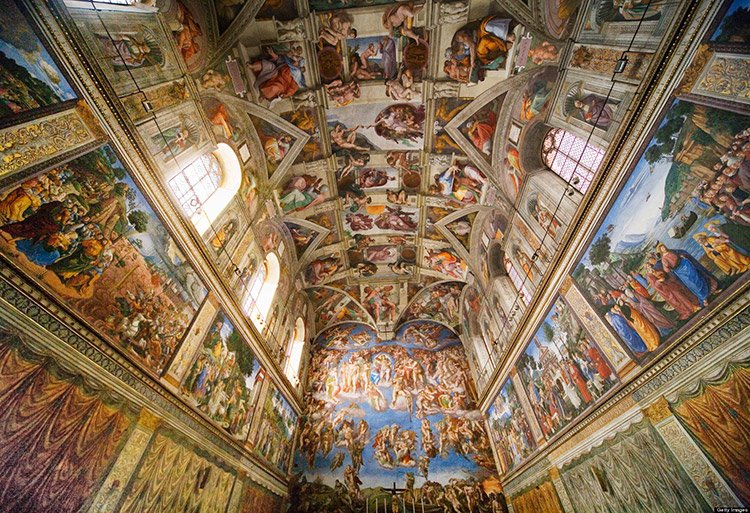
Sistine Chapel – the large and renowned chapel in the Apostolic Palace of the Vatican City.
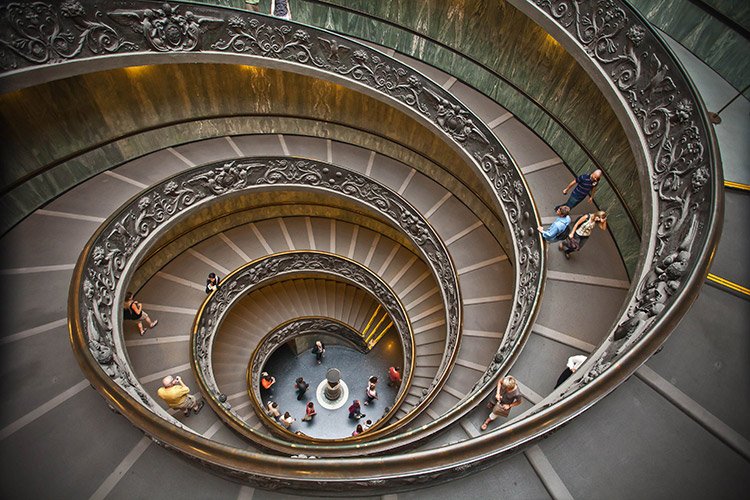
Leite Vaticano – one of the popular traditional Roman Catholic Churchs in Italy.
The musical show has its establishments in Italy and numerous popular operas were composed in the Italian language. “Aida” and “La Traviata,” both written by Giuseppe Verdi, “Pagliacci” written by Ruggero Leoncavallo are written in the Italian language. Italy has various incredibly famous design houses, including Armani, Gucci, Benetton, Versace, Prada, Giorgio Armani, Bottega Veneta, Roberto Cavalli, Costume National, etc.
Italian cooking has affected sustenance culture around the globe and is seen as a type of art by numerous people. Wine, cheese, and pasta are a vital piece of Italian dinners. It is very interesting that Pasta arrives in an extensive variety of shapes, widths and lengths, including lasagna, penne, spaghetti, fusilli, linguine, etc. Food is not only nourishment to Italians, it is life to them. The famous spaghetti and pizza, originating from central Italy. Pasta dishes with tomatoes are prominent, as are numerous sorts of stuffed pasta, polenta and risotto. Fish, potatoes, rice, frankfurters, pork, and various sorts of cheeses are the most widely recognized ingredients in North-Italy. We can see that tomatoes are used in South-Italy in a large quantity either is served fresh food or cooked into sauce. Other ingredients are also seen like peppers, olives, olive oil, garlic, artichokes, ricotta cheese, eggplant, etc.
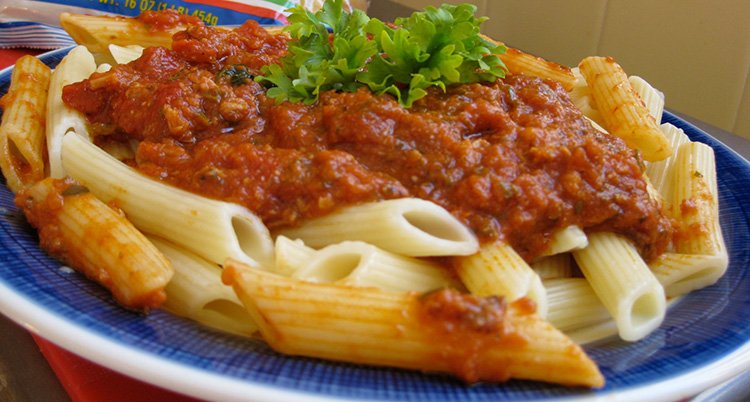
Italian cooking has affected sustenance culture around the globe and is seen as a type of art by numerous people. The cultural activities of Italy have influenced their delicious dishes also.
Italians celebrate most Christian occasions, including Christmas and Easter. “Pasquetta”, which is celebrated on the Monday after Easter, commonly includes family picnics to stamp the start of springtime. The 1st November honors Saints Day, a religious occasion amid which Italians commonly embellish the graves of expired relatives with blooms. Numerous Italian people of villages and towns commemorate the banquet day of their supporter paragon of piety. The Feast of San Gennaro, the benefactor holy person of Napoli is celebrated on the 19th of September. “Epiphany” is the festival observed on 6th January, almost like Christmas. As the myth says, Belfana, an old woman who flies on her broomstick, conveys presents and goodies to great kids. For the most part, the term “Epiphany” is utilized to depict logical achievement, religious or philosophical disclosures, yet it can apply in any circumstance in which an edifying acknowledgment permits an issue or circumstance to be comprehended from another and deeper point of view. The 25th of April is the Liberation Day in Italy, denoting the 1945 liberation finishing World War II.

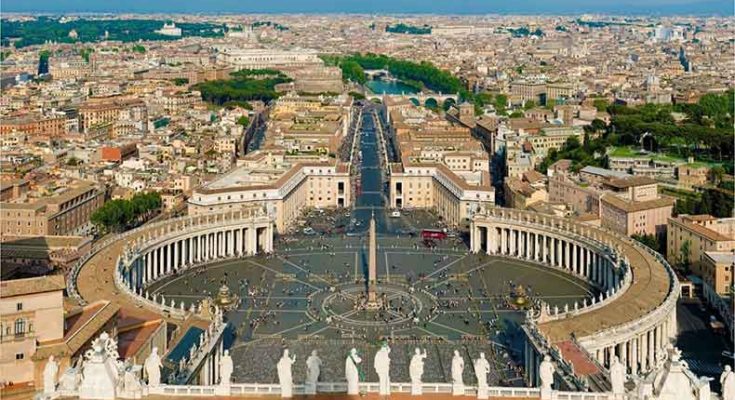

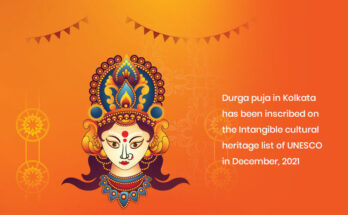
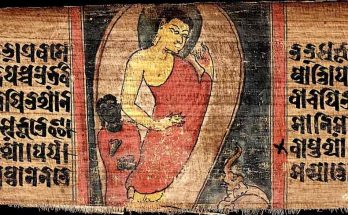
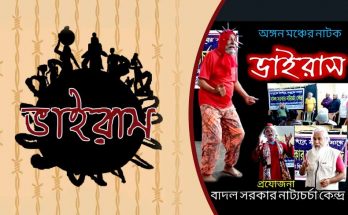
It’s going to be ending of mine day, but before end I am reading this wonderful article to increase my knowledge.
Really appreciate you sharing this article. Much obliged.
Hello friends, how is the whole thing, and what you want to say on the topic of this paragraph, in my view its actually awesome in support of me.
Outstanding quest there. What occurred after?
Thanks!
I’m really impressed along with your writing skills plus with the
layout on the blog. Could this be a paid theme or do you customize it yourself?
Either way keep up the nice quality writing, it is rare to discover a nice
blog such as this one today.